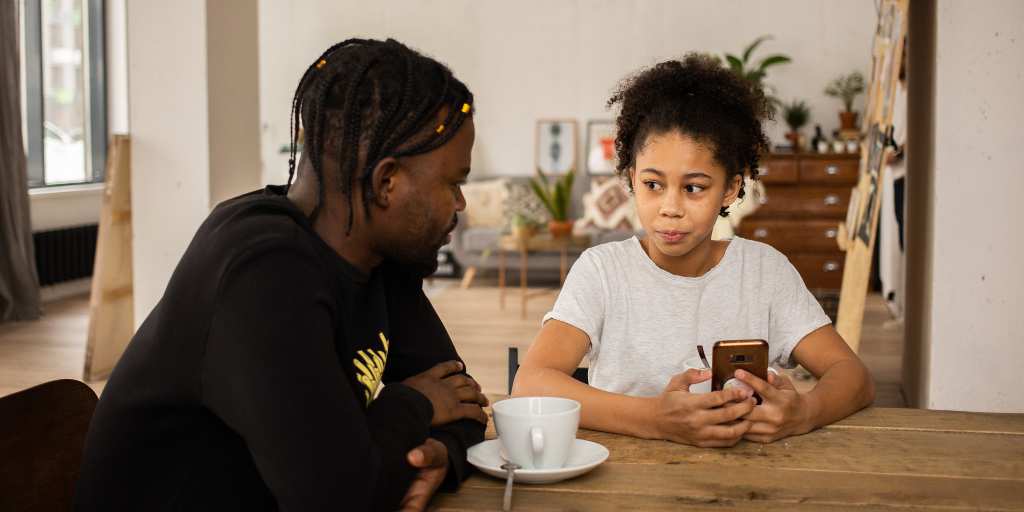
When weighing the pros and cons of getting their child a phone, some families just throw up their hands and declare they’re better off waiting until their child is in high school. Or college. Or never.
Between including the perils of social media, the toxicity of group text threads, and the risk of online predators, abstaining from getting your child a phone is a perfectly valid choice. But when you throw things like two working parents, after school activities, and driver’s licenses into the mix, it can be easy to see why the no-phone route might not work for every family.
If you’re looking to get your child their first device, but aren’t ready to do the smartphone thing just yet, it might be time to consider the humble flip phone for kids.
Absolutely. Flip phones have been dubbed “dumb phones” in a nod to their more high-tech counterpart, the smartphone, but don’t write off these simple devices as mere relics of the past.
The humble flip phone is making a comeback, meaning not only are there plenty of great options to choose from, but you may even be able to convince your kid that it’s actually cool.
On average, kids get their first phone at 11.6 years old. But average may not be right for your child. When weighing what age your kid should get a phone, it’s important to consider your family’s unique circumstances.
For example, if your child walks home from school by themselves or babysits younger siblings after school, they may need a phone sooner than a peer who gets picked up everyday by a parent.
While it’s a good idea to delay giving kids devices, you should opt for whatever works best for your family’s needs.
Like the age question, the best starter phone for your child depends on a few factors. For younger kids, especially ones who aren’t ready for social media yet, a simple flip phone with only texting and calling capabilities is a great way to keep in touch with parents or use in an emergency.
On the other hand, a teen who’s just started driving might need access to navigation apps, and you might want the ability to track them using GPS. Some families even choose to give their child a smartwatch as a starter device so they can text their parents and make short phone calls to approved contacts.
You might decide what your child is ready for now, and then upgrade them as they age and their needs grow. This is a good strategy for gradually increasing their communication freedom and responsibility.
With so many flip phones out there, it can be hard to know which one is right for your child. Here are a few solid options to choose from.

If you’re looking for a simple phone for your child, you can’t get much simpler than the Nokia 2780. While this phone is able to connect to the internet, you can turn off WiFi and mobile internet or call your provider to have the feature disabled.

Although the Jitterbug Flip 2 is marketed for seniors, the GPS tracking, emergency response feature, and agents who can help look up directions make it a solid choice for kids as well.

If you’re interested in a prepaid phone for your child, consider the Tracfone TCL Flip 2. Like the Nokia 2780, it stands out for its simplicity, but the camera quality is better on the Tracfone.

Although it’s on the pricier end, the Kyocera DuraXV Extreme is virtually indestructible. If your kid tends to drop their stuff, you might save yourself money in the long run by getting them a phone that won’t need replacing because they break it.
Getting your child a phone can help with communication and safety. If they’re not ready for a smartphone yet, flip phones are a great, minimalist option for kids who are just getting introduced to the responsibilities of having their own device.